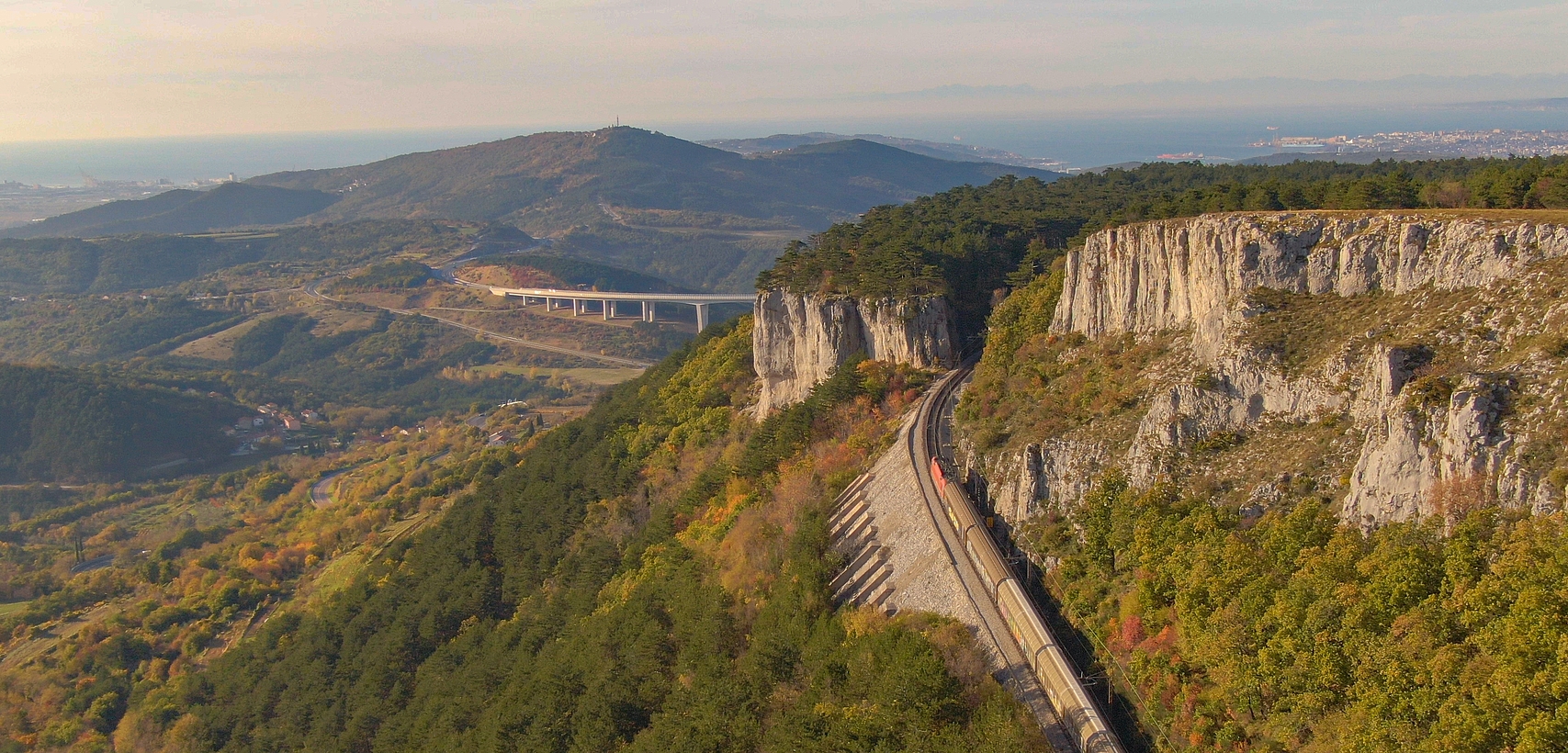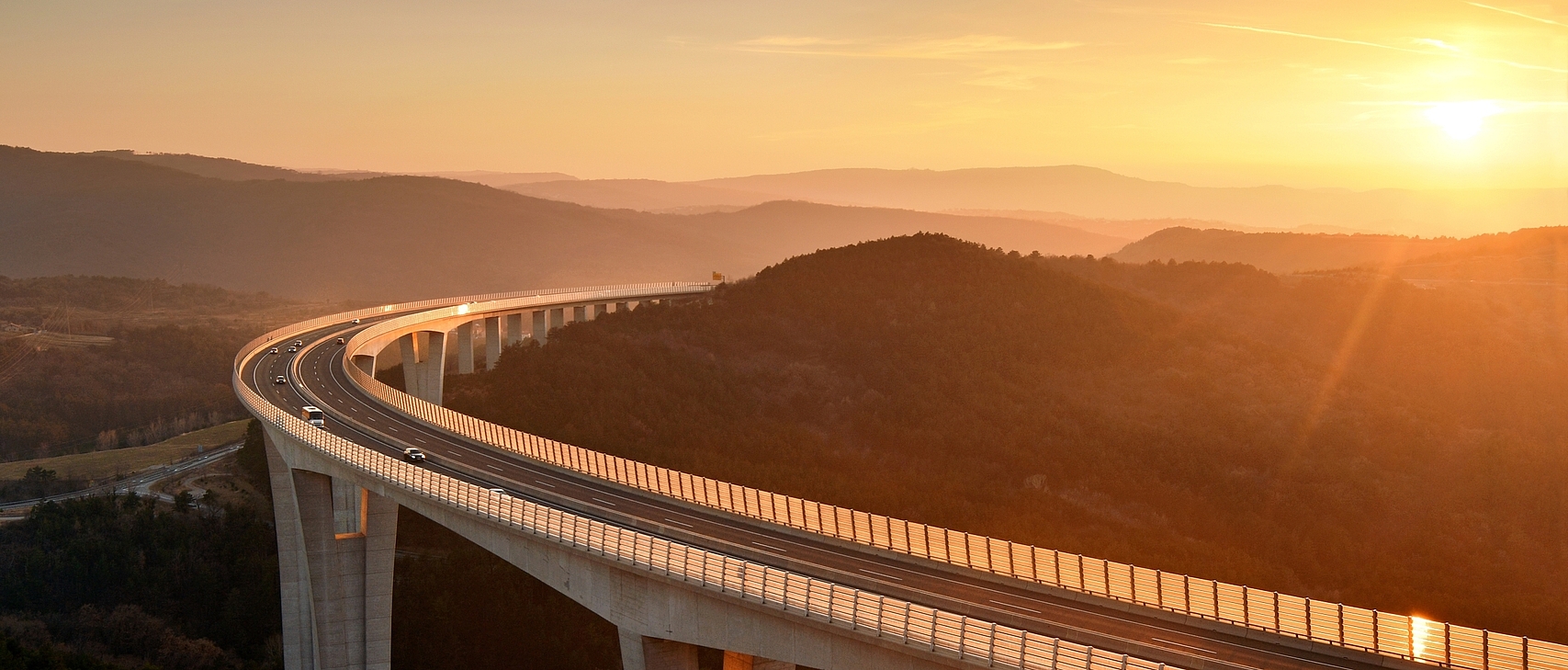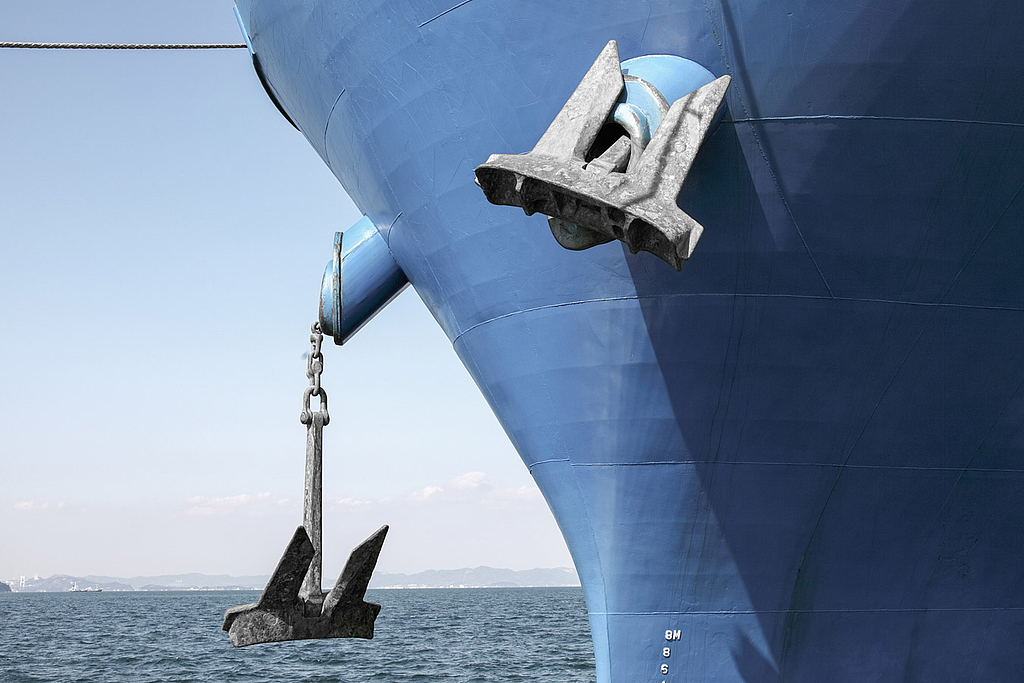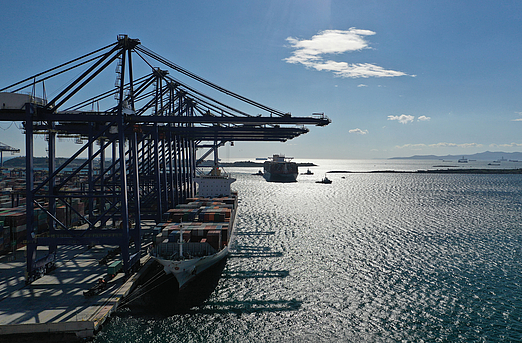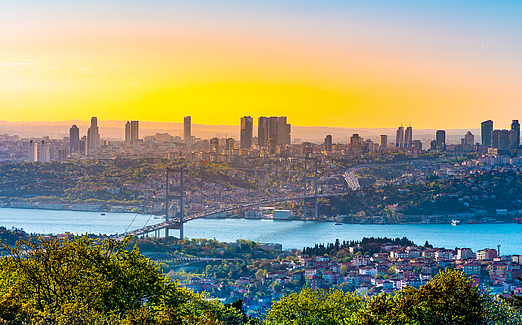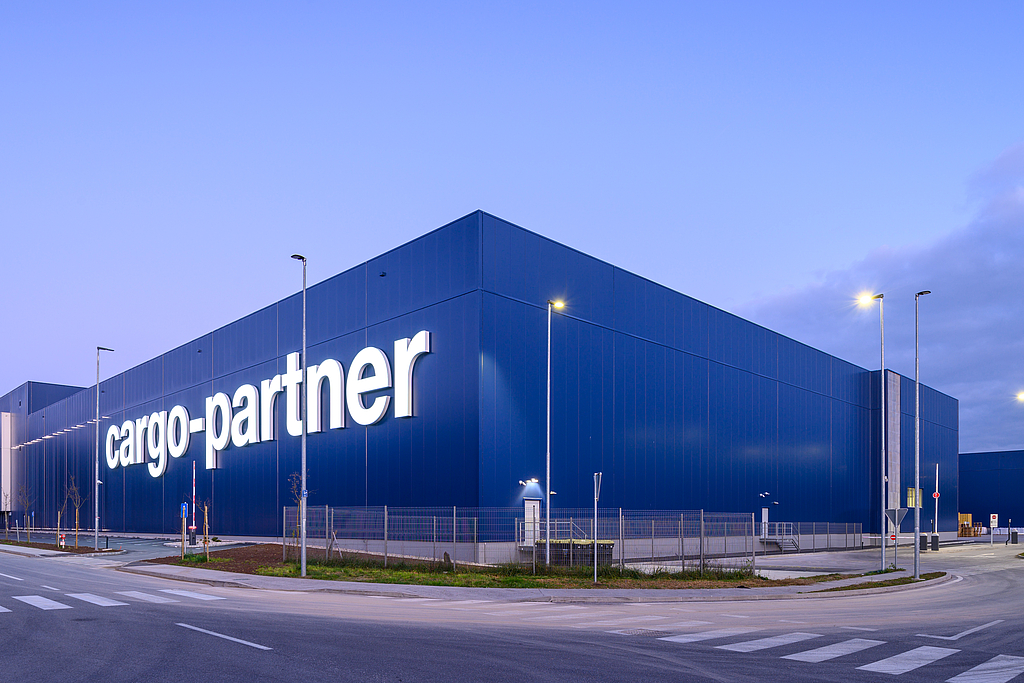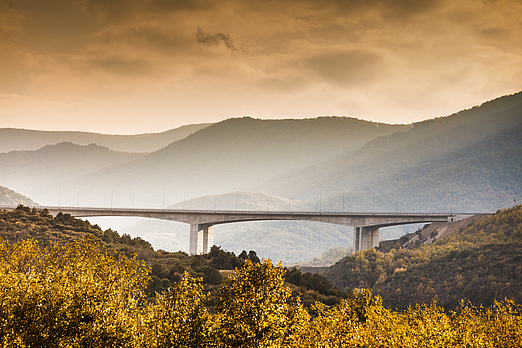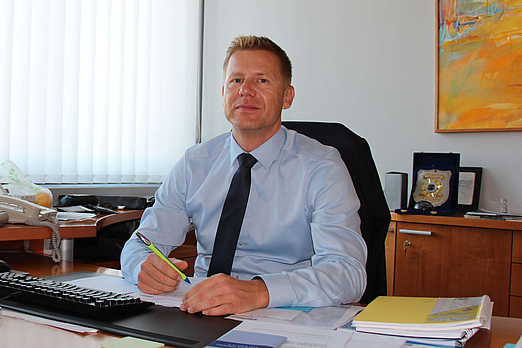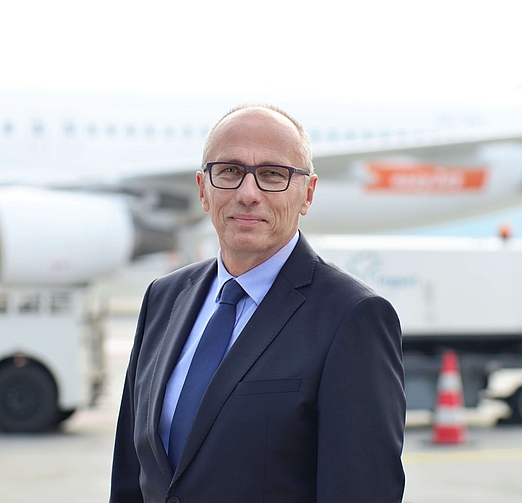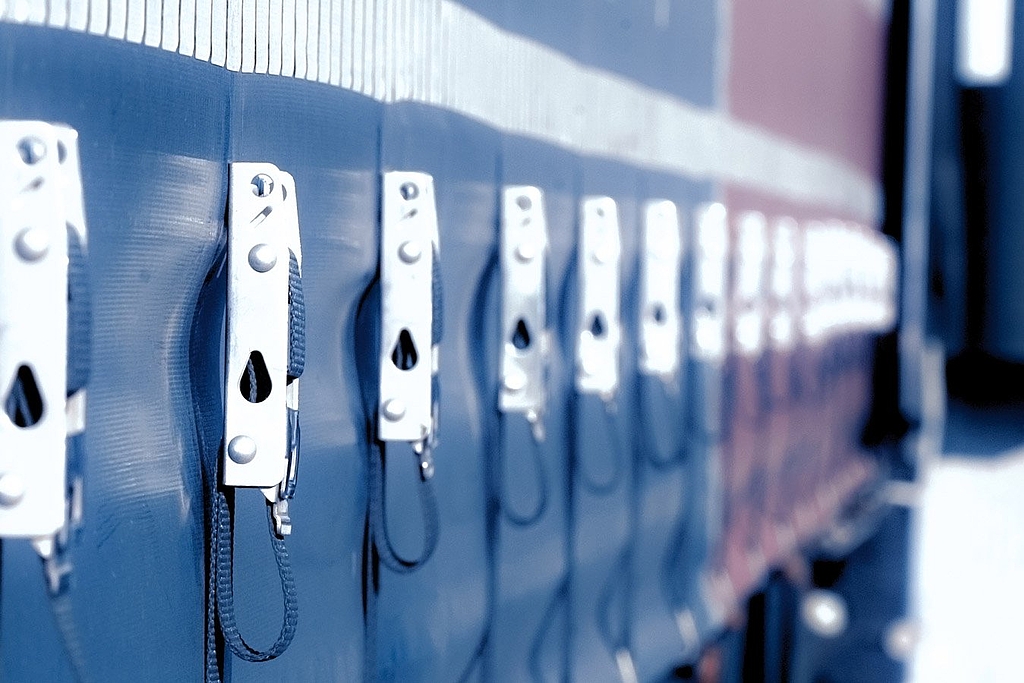Well positioned between the Alps and the Adriatic Sea
Slovenia – size doesn’t matter
- Facts
Traveling through Slovenia, you will discover the incredible variety of landscapes that this small country has to offer: from the high mountain ranges of the Alps to the gentle hilly country in the “center” to the coast on the Adriatic Sea, which is only 46.6 kilometers long. Koper, Slovenia's gateway to the world, is located on this coast: cranes, container ships and ISO containers are characteristic of the port, which is not only one of the most significant employers in the region, but also a crucial logistics hub and driving force for important infrastructure projects.
